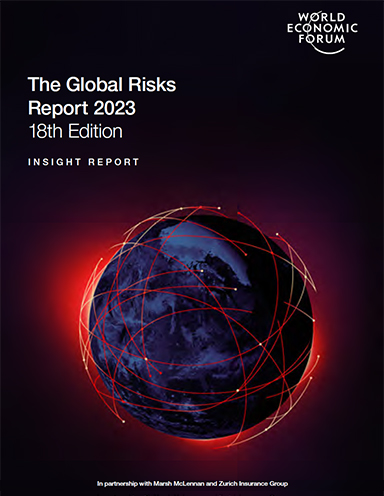The Global Risks Report 2023
The 2023 edition of the Global Risks Report highlights the multiple areas where the world is at a critical inflection point, and is a call to action, to collectively prepare for the next crisis the world may face.
Facing Risks that are New and Eerily Familiar
The first years of this decade have heralded a particularly disruptive period in human history. The return to a “new normal” following the COVID-19 pandemic was quickly disrupted by the outbreak of war in Ukraine, ushering in a fresh series of crises in food and energy – triggering problems that decades of progress had sought to solve.
As 2023 begins, the world is facing a set of risks that feel both wholly new and eerily familiar. We have seen a return of “older” risks – inflation, cost-of-living crises, trade wars, capital outflows from emerging markets, widespread social unrest, geopolitical confrontation, and the specter of nuclear warfare – which few of this generation’s business leaders and public policy-makers have experienced. These are being amplified by comparatively new developments in the global risks landscape, including unsustainable levels of debt, a new era of low growth, low global investment and de-globalization, a decline in human development after decades of progress, rapid and unconstrained development of dual-use (civilian and military) technologies, and the growing pressure of climate change impacts and ambitions in an ever-shrinking window for transition to a 1.5°C world. Together, these are converging to shape a unique, uncertain, and turbulent decade to come.
Key Findings of the Report:
- The cost of living dominates global risks in the next two years while climate action failure dominates the next decade
- As an economic era ends, the next will bring more risks of stagnation, divergence, and distress
- Geopolitical fragmentation will drive geoeconomic warfare and heighten the risk of multi-domain conflicts
- Technology will exacerbate inequalities while risks from cybersecurity will remain a constant concern
- Climate mitigation and climate adaptation efforts are set up for a risky trade-off, while nature collapses
- Food, fuel, and cost crises exacerbate societal vulnerability while declining investments in human development erode future resilience
- As volatility in multiple domains grows in parallel, the risk of polycrises accelerates
Some of the risks described in this year’s report are close to a tipping point. This is the moment to act collectively, decisively and with a long-term lens to shape a pathway to a more positive, inclusive and stable world.
What’s Related
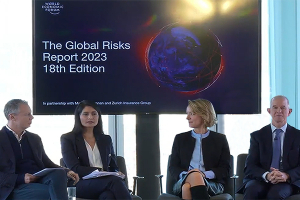
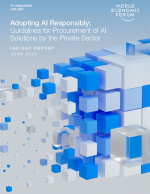
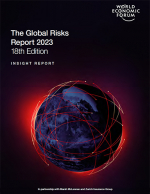
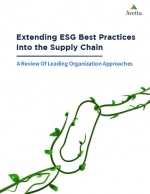
Favorites





